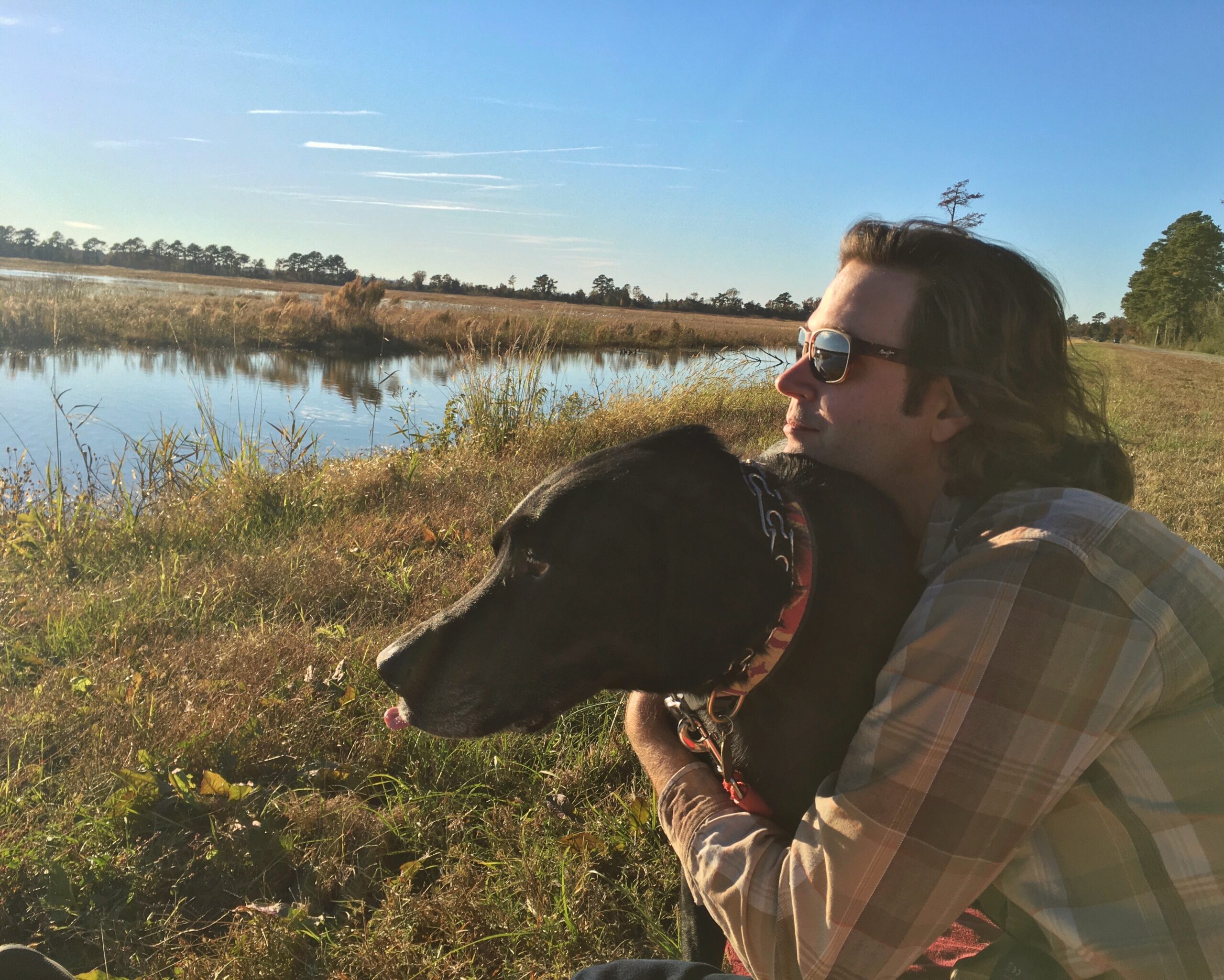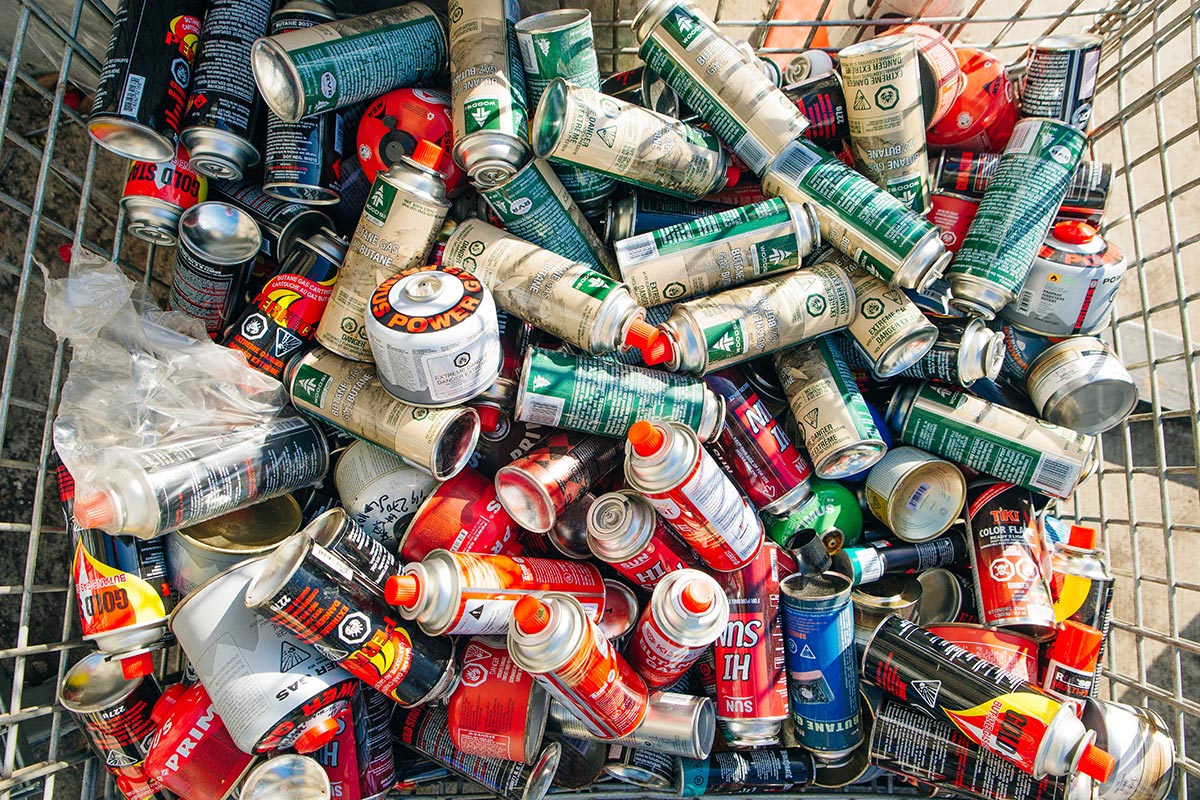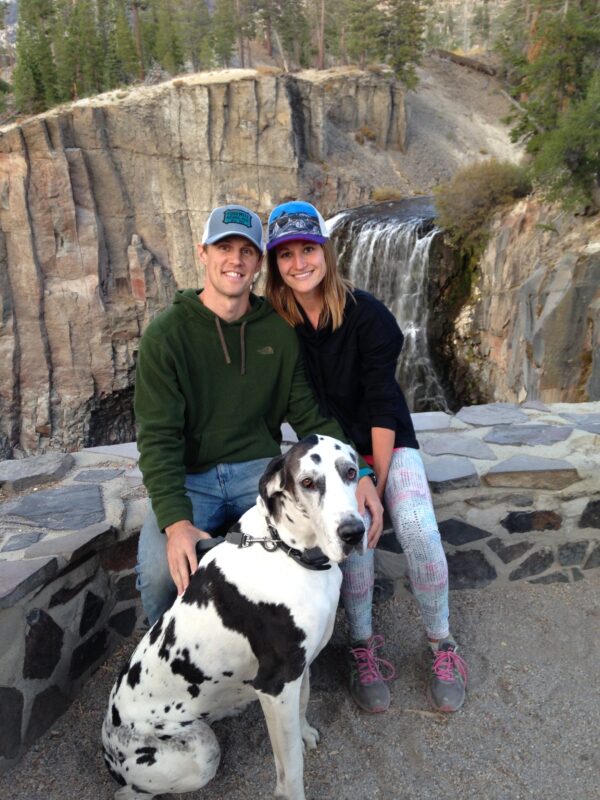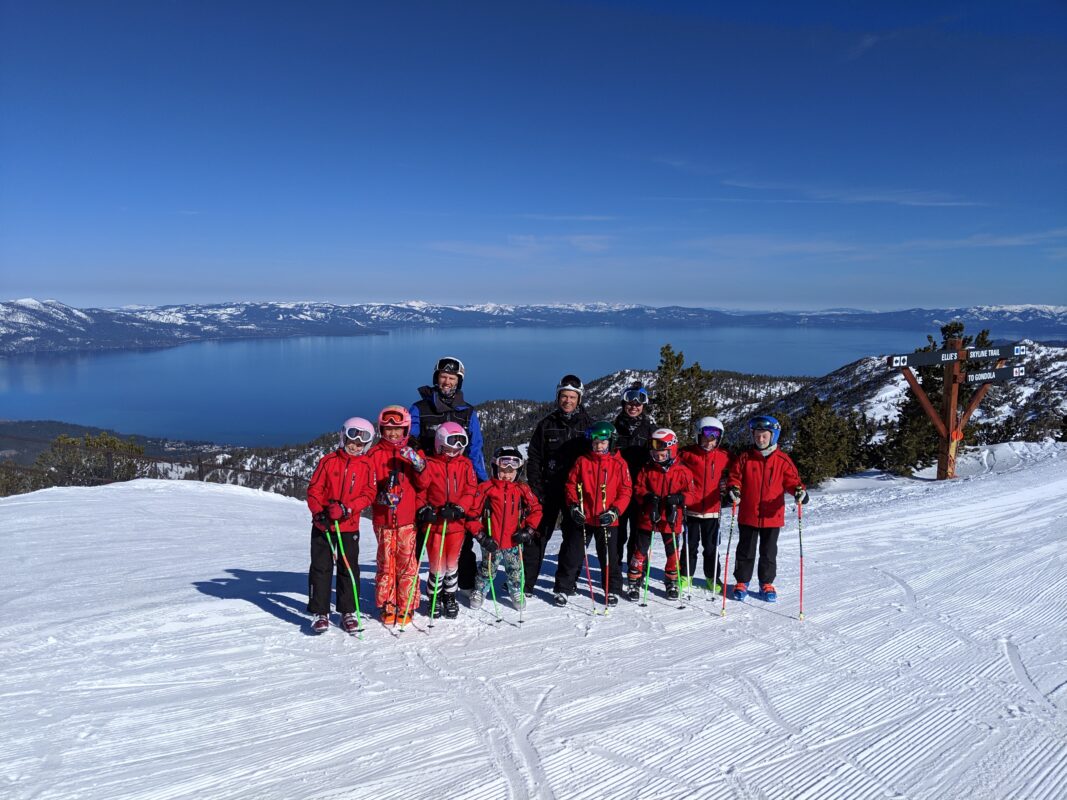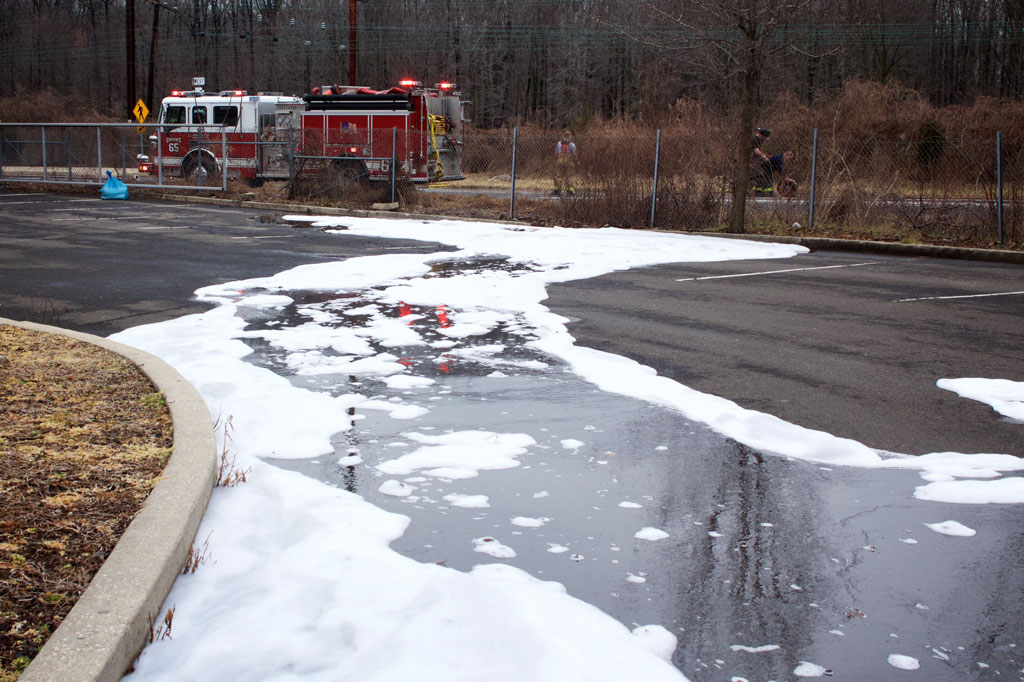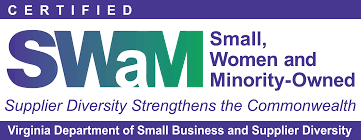Environmental Consultant
No two days at ONE Environmental Group are the same for Eric Krouse, who could be wearing a hard hat and reflective vest inspecting a solar array on one morning and at his desk the next, producing maps in GIS. Eric’s diversified skillset includes:
- Spatial data capture, management, analysis and presentation using GIS software
- Field data collection
- Site inspections for photovoltaic power plants
- Sediment and erosion control inspections
“I’m a jack of all trades,” said the Environmental Scientist, who is based in ONE’s Raleigh office. “I’ve worked for several companies since 2006, from little mom and pop shops to 1,000-plus employee engineering firms. My consulting work has ranged from wetland delineation and restoration in Yuma, Arizona, to stream studies in Baltimore to dam release impact studies in the Catskills of New York.”

Eric joined ONE as a GIS Analyst two years ago, and in addition to the variety of projects, he also enjoys the company’s flexibility. “We’re not in our own silos,” he said “Everyone talks to one another and coordinates with one another. If you don’t have a skill, they’re more than willing for you to take a class and pay for the training, and that’s incredible. I appreciate that ONE invests in their people.”
Eric holds a Bachelor of Arts in Environmental Studies from Brevard College. He completed additional coursework in GIS Systems at North Carolina State University and Levels I and II of Rosgen Fluvial Geomorphology at Wildland Hydrology in Asheville, North Carolina.

When not working, Eric is happiest hanging outdoors with his partner, Lyndsey, and their Labrador, Jack, his favorite subject as a photographer. Eric captures pictures of dogs as part of a pet photography hobby that’s morphed into a small business. He’s also the drummer in a nine-piece band, Restless Carolina. Reviews refer to the group as the undisputed heavyweight champion of wedding bands.

